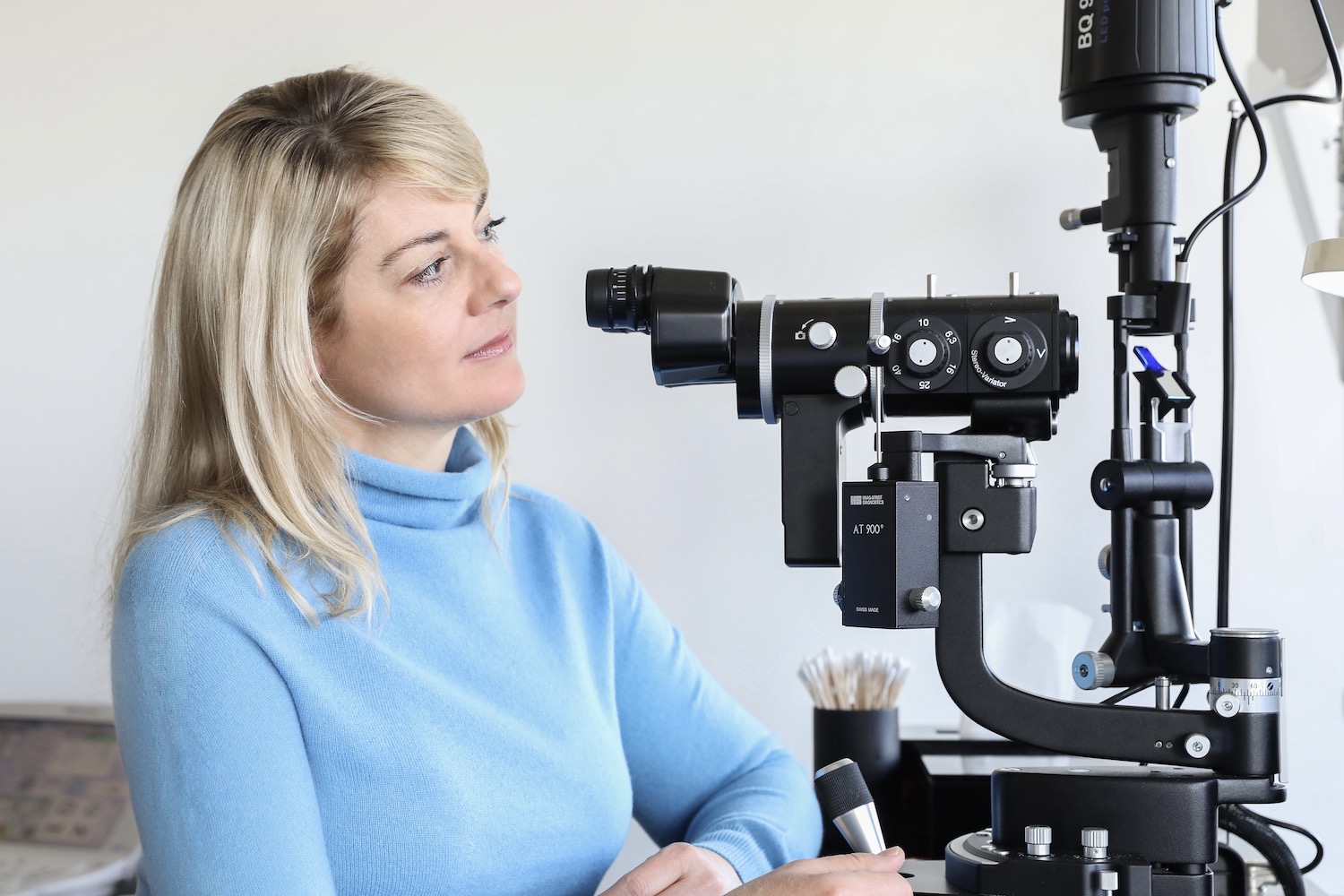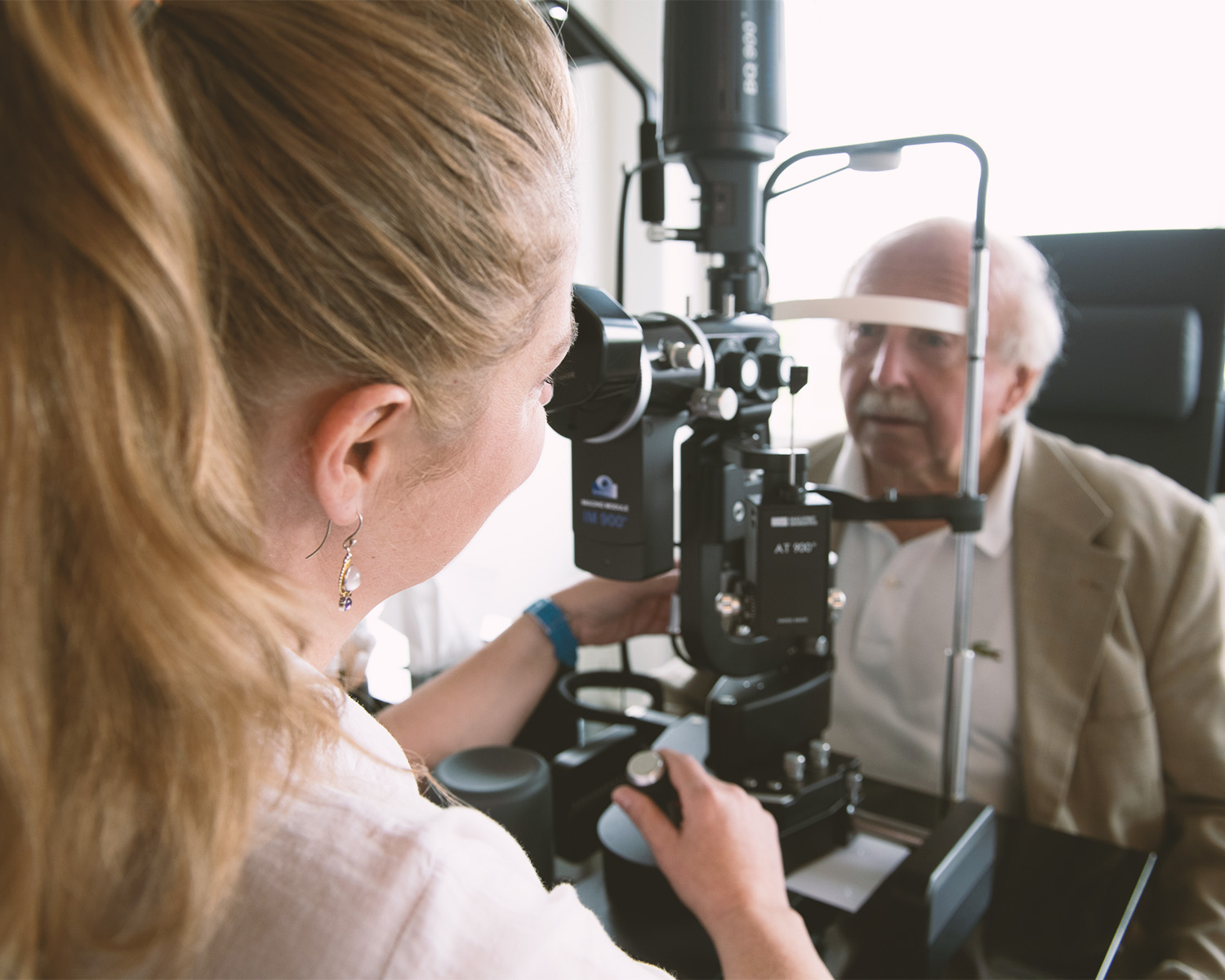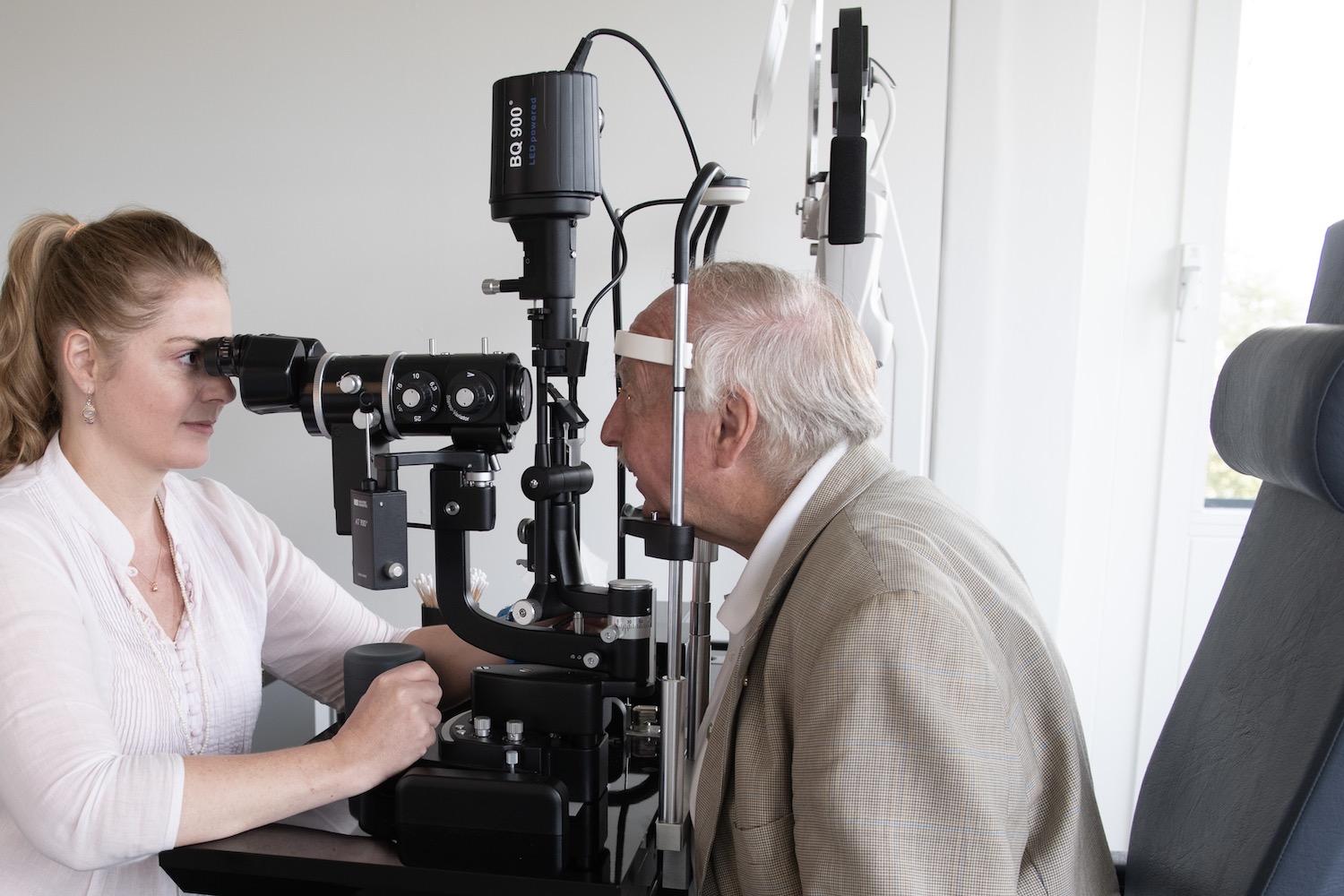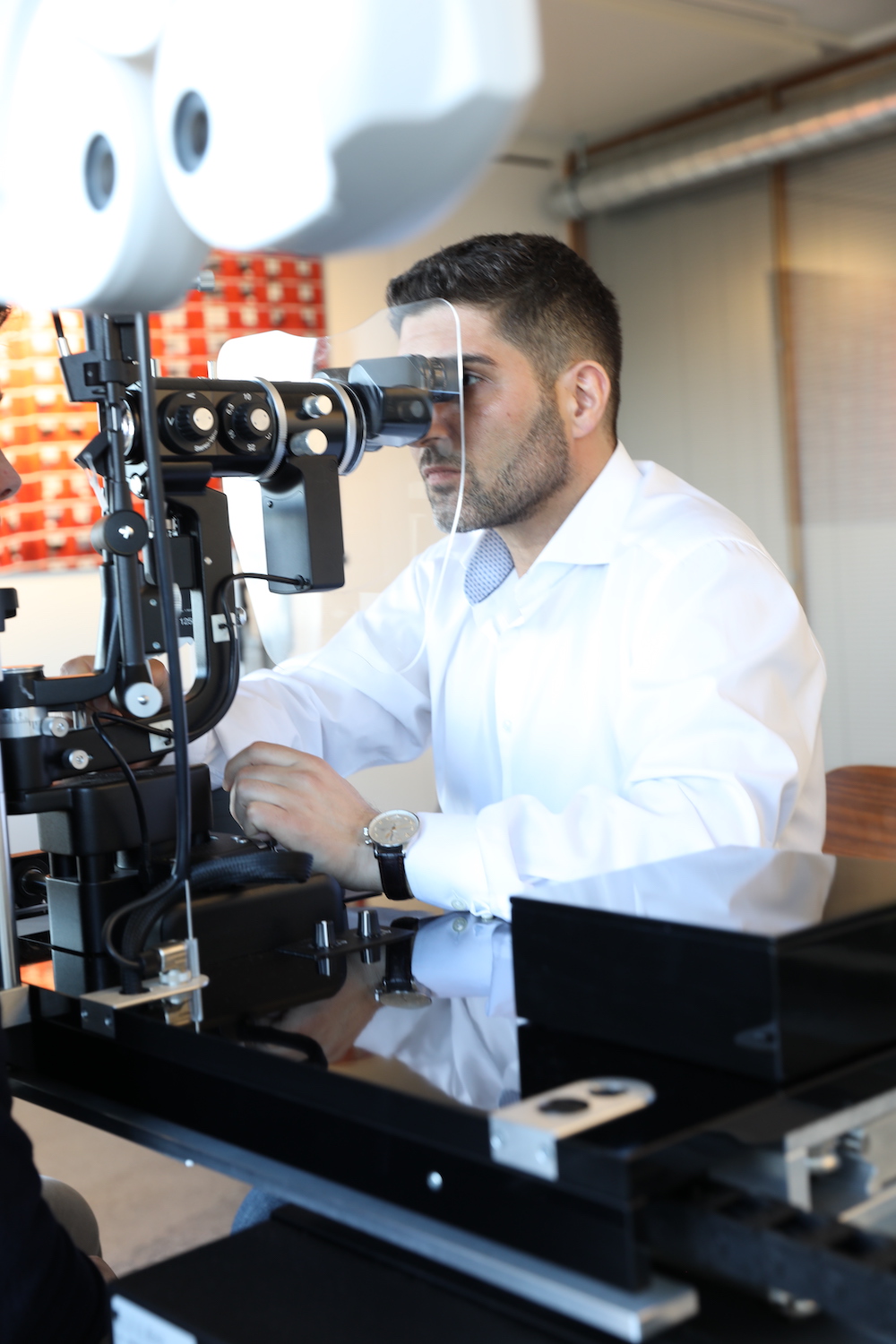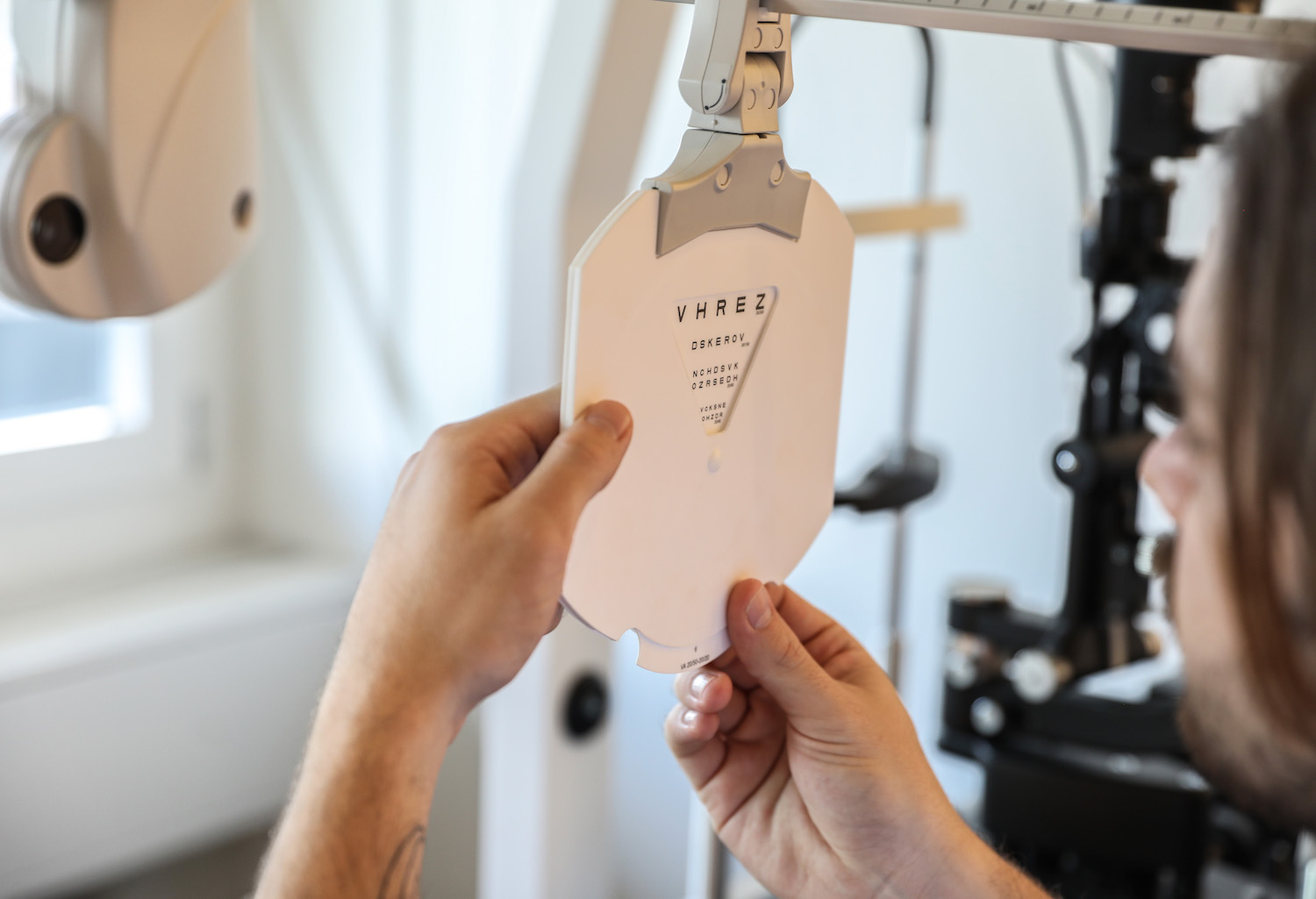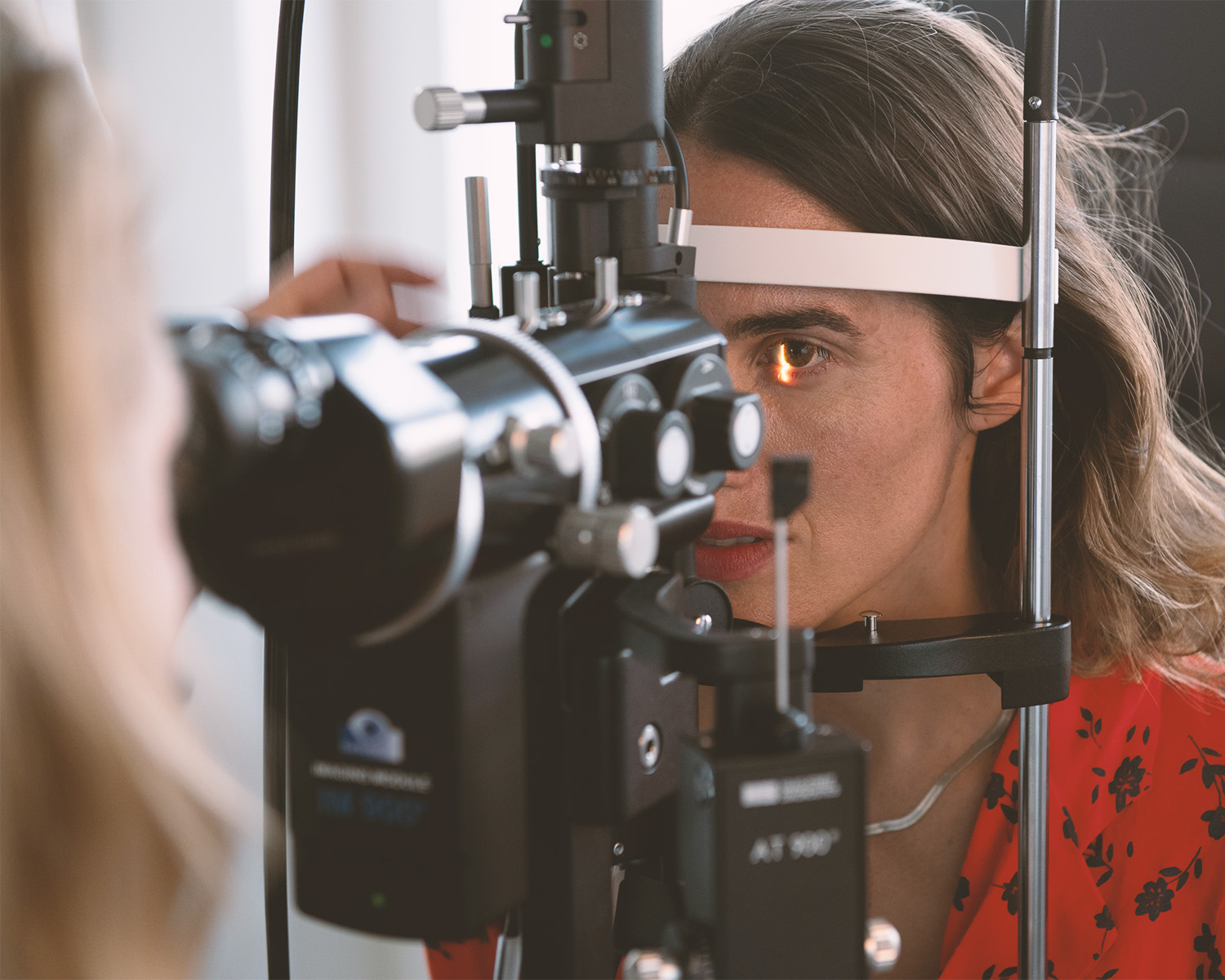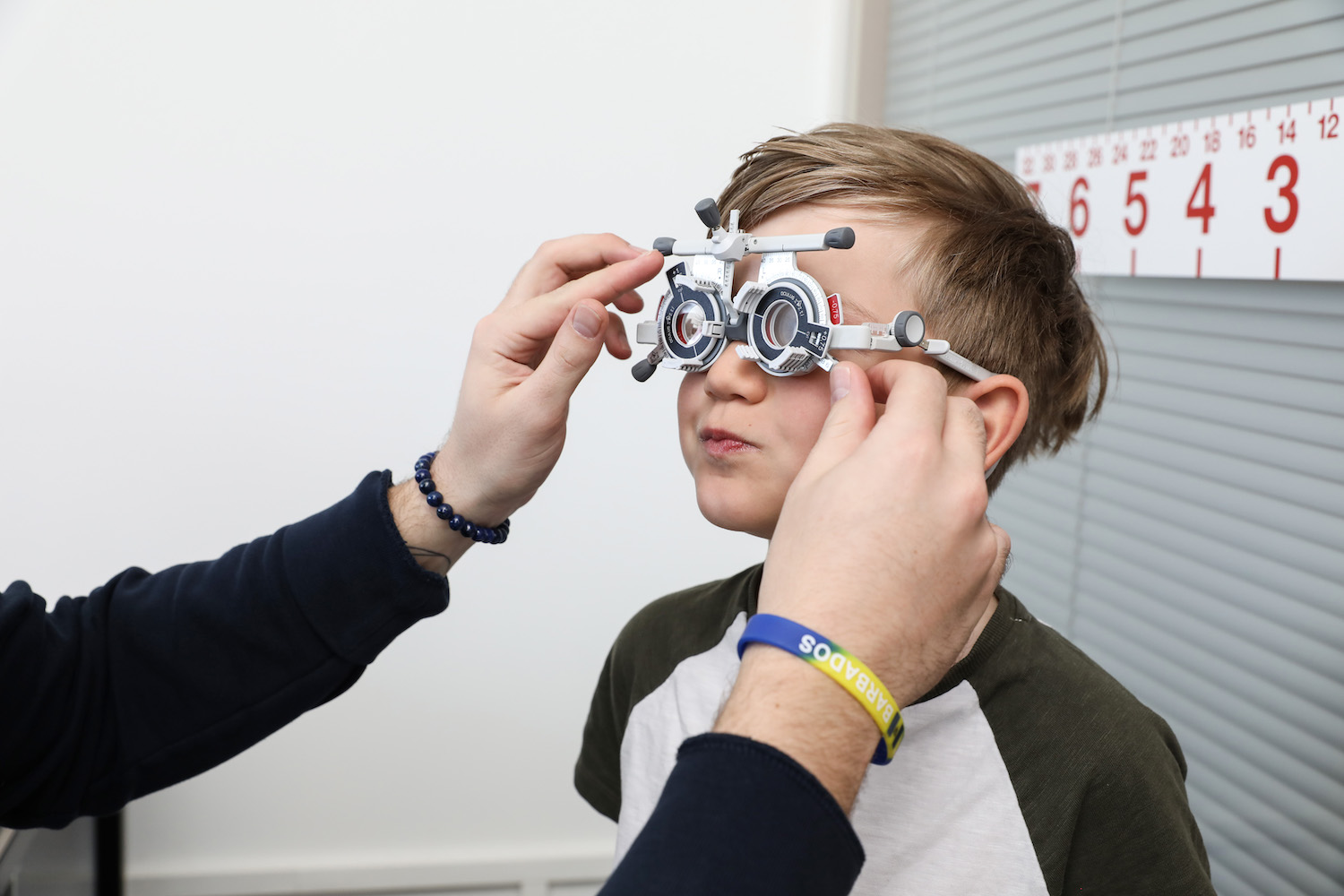Nearsightedness - myopia
Myopia is the vision disorder characterized by blurred vision in the distance. "Myops" comes from the Greek and means "blinking face".
Improvement of myopia, including regular eye examinations
Nearsightedness is a congenital or acquired defective vision of the eye. People who are nearsighted can usually still see well at close range, while objects in the distance appear blurred. The opposite is true for farsighted people: objects in the distance appear sharp and those in the near distance appear blurred.
In nearsightedness (myopia), two forms of defective vision can be distinguished: The so-called refractive myopia with normal eye length but too much refractive power, and the so-called axial myopia with normal refractive power but too long eye axis. Since myopia increases the risk of retinal detachment and contact lenses can damage the cornea, it is advisable for all those affected to have their eyes checked regularly by an ophthalmologist.
Examples of nearsightedness - myopia
Myopia is the inability to see distant objects clearly. Affected people see these distant objects blurry, but up close they can see everything sharply and clearly.
Treatment options for myopia
Eyeglass lenses or contact lenses
Nearsightedness can be improved by various methods. Eyeglass lenses or contact lenses compensate for the defective vision.
With various surgical methods, even high-grade myopia can be corrected. The goal is for the patient to see sharply without glasses.
Attention in this case the layers of the eye remain unchanged. Therefore, the annual retinal examination is still recommended.
Surgical correction of myopia
In the surgical therapy procedure, the cornea is permanently flattened with a laser.
The laser procedures are called Photorefractive keratectomy (PRK), LASIK or LASEK.
In the best case, the laser procedure can cure myopia. However, the laser procedure is not suitable for all sufferers.
Laser procedures for myopia and hyperopia
There is an almost infinite range of eye laser procedures, which differ from each other to a greater or lesser extent. These can be divided into two main groups: the superficial and the deep procedures. The main difference is in the procedure and the target tissue layer. The most important and current procedures are the following:
Femto-LASIK (Laser In Situ Keratomileusis)
Trans-PRK (transepithelial photorefractive keratectomy)
Artificial lens implants: Correction of higher refractive errors
Appointments at the Augencenter Wollishofen
If you cannot find an online appointment in a useful time, please contact us by phone.
Agreed dates (GTC's):
If you are unable to keep your appointment, please inform us as soon as possible. Appointments booked online can be canceled electronically up to 24 hours in advance. Appointments that are not cancelled 24 hours in advance will unfortunately be charged. The emergency surcharge can be charged according to the valid tariff for same-day appointments. Thank you for your understanding.
